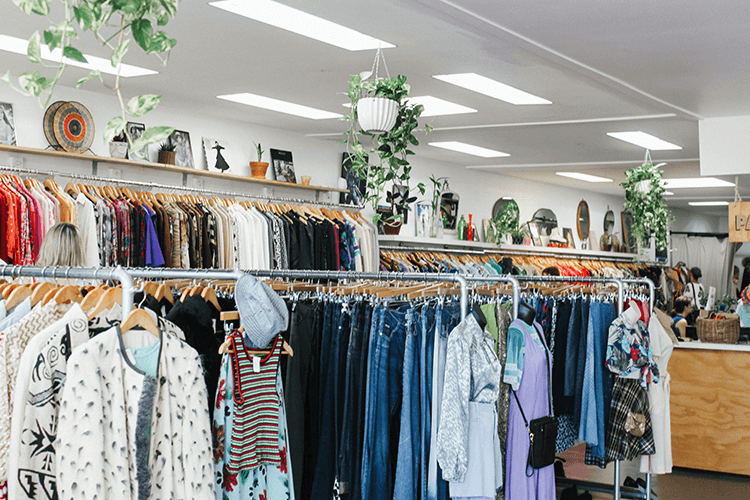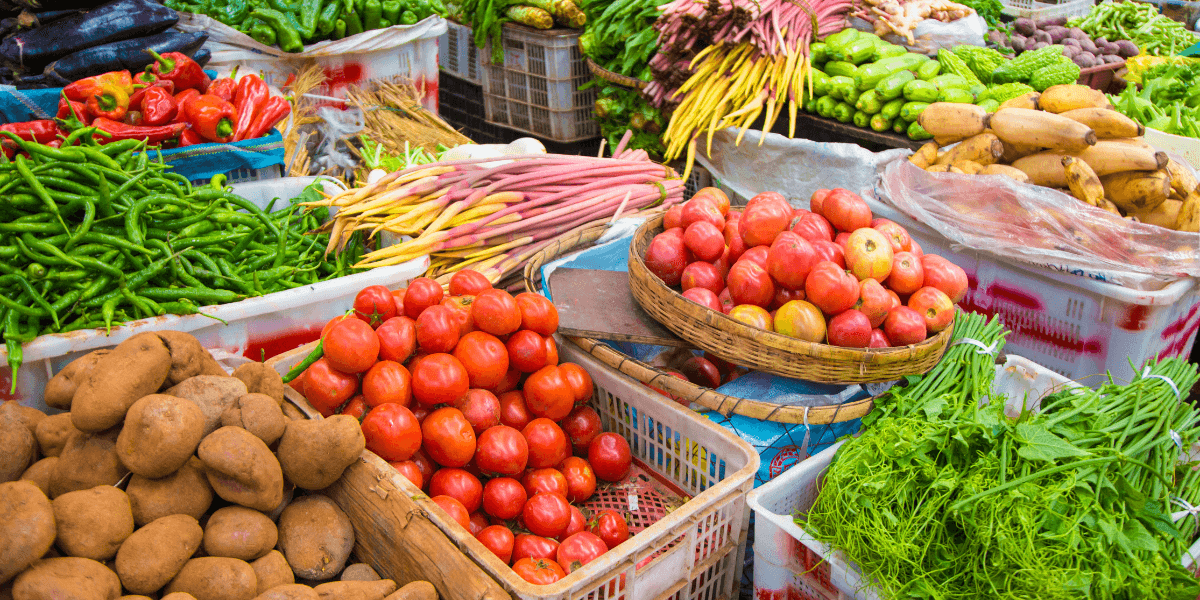REDUCE EMISSIONS, SAVE ENERGY, SAVE ON BILLS
Sustainable changes that can add value to your property
While there are many changes you can make to your home to be more sustainable, sometimes it’s hard to justify the upfront costs. Learn smart investments and sustainable retrofits that can lower your carbon footprint and improve your home’s long-term value and liveability, writes Sam Mullen.
Living in Brisbane has its perks – subtropical temperatures and blue-sky days mixed with regular rain to keep our landscapes lush and green. While there are many upsides to our climate, there are also some downsides that we can minimise by doing things like relying on air conditioning to keep cool. Unfortunately, this can have unintended consequences such as generating carbon emissions and blowing out the budget.
Thankfully, there are several design and construction choices, big and small, that are well suited to our Brisbane climate and can lower a household’s carbon footprint, improve comfortability and even increase property value along the way. Learn our top tips to get you started.
1. Insulation installation
While older homes have an undeniable charm, they aren’t always built to suit the Brisbane climate and as such, may not regulate indoor temperature to be cool in summer and warm in winter. To help with this, it may be a good idea to update or install insulation in your roof, walls and floors.
Adding an extra layer of insulation in a property’s roof, walls and/or flooring reduces heat flow – preventing heat loss in winter and heat absorption in summer. Creating a more consistent internal temperature all year round not only improves the liveability of your home but it removes the constant need for air conditioning and heating, reducing your household’s energy bills and carbon emissions.
Ian and Mandy Gittus were renovating their 1970s west Brisbane home and wanted to focus on retrofits and upgrades that made their life more sustainable. The household joined the Brisbane Carbon Challenge in 2021 and calculated that their household emissions were above the Brisbane average, particularly their emissions related to home energy use. With energy-efficiency as a renovation focus, they piped insulation into their cathedral ceilings and Ian immediately noticed the change:
“The rooms were cooler in summer and warmer in winter. It reduced our heating and cooling expenses by a significant amount.”
Ian Gittus
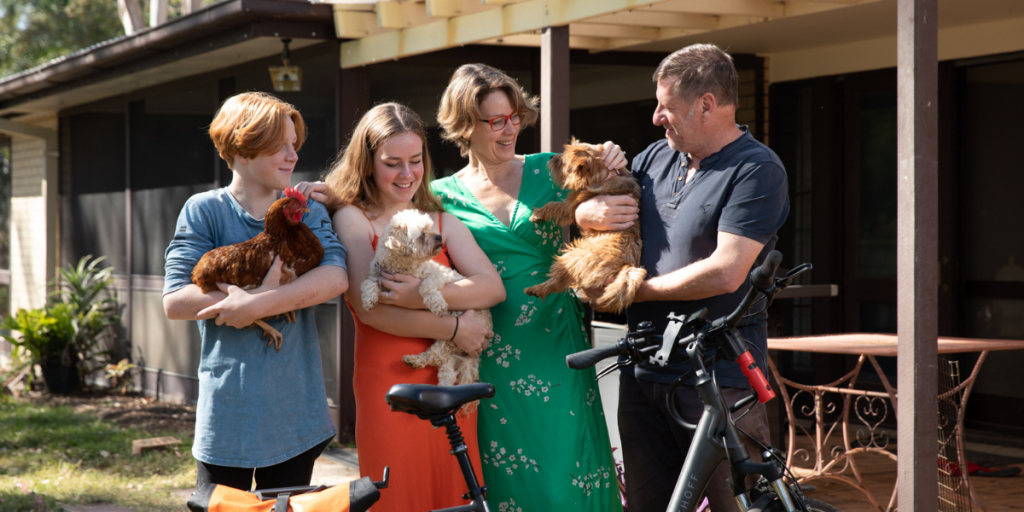
2. Collect rainwater and savings
Blessed with a climate that supports lush, sub-tropical gardens, it can be easy for your household’s water use to drain your budget without harvesting and recycling rainwater.
Installing and connecting a water tank to rooftop gutters to harvest rainwater is an effective way to be more sustainable and reduce your utility bills. While tank water is commonly used on gardens and lawns, it can also be plumbed back into the house for flushing toilets. A study of southeast Queensland homes conducted just after the millennium drought found that the average household saves approximately 34% of their water use with a tank, which at the time, resulted in roughly $150 in yearly savings.
Realestate.com.au has observed a growing number of potential homeowners valuing water tanks, thanks to the apparent utility savings. This means that…
“a rainwater collection system has long-term benefits not just while you’re living in the property but when you’re ready to sell it too.”
3. Go renewable with solar
This tip may seem the most obvious because it’s also the most effective. Installing solar on your roof allows you to generate free electricity from the sun and power your home during the day. This can dramatically reduce your electricity bills and your carbon footprint as your household becomes less reliant on fossil fuel-based electricity from the grid that generates carbon emissions.
Adam and Marina Wood were committed to being more sustainable and took the Brisbane Carbon Challenge to get tips on how they could reduce their household emissions from energy use, transport and waste while also saving money on bills. The installation of a 5.5kW solar power system quickly paid off. Despite the recent addition of a pool and their frequent use of air conditioning, the east Brisbane couple receive a December energy bill of just $7! Marina was delighted:
“We installed solar and to see the difference it made to our monthly electricity bills is astounding.”
Marina Wood
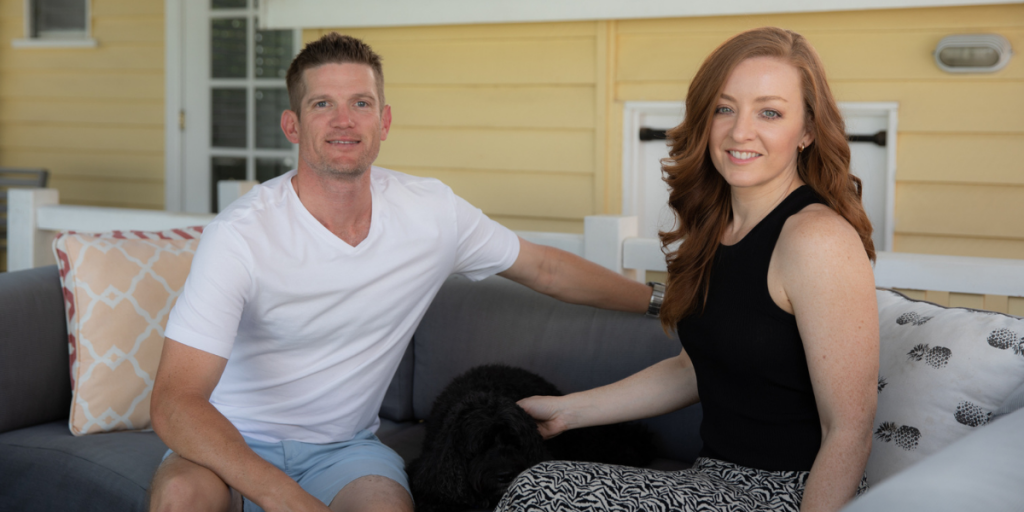
Advances in technology, combined with a growing demand for solar power and high electricity prices, mean that the return-on-investment period for solar power is declining. As of the end of 2022, the average payback period was between 3 to 5 years, and with Government rebates available, there has never been a better time to switch to solar energy!
Not only will you make your money back in cost savings, but 85% of Australians believe a solar system also adds value to a property, and an Origin Energy survey found that 57% of homeowners would pay up to $10,000 more for a home equipped with solar panels.
So by installing solar panels, you can save money on your electricity bills, but you’ll also increase the value of your investment. If you’re considering making the switch to solar, speak to an expert or use this sunspot calculator to estimate the rebate you could get.
4. The power of going passive
Passive design or ‘passivhaus’ refers to architecture and design that considers the regional climate and makes clever choices to offset these conditions, providing a comfortable and consistent living temperature and air quality all year round. As well as installing insulation, you could make many other passive design-inspired decisions for your home to improve liveability and reduce energy consumption.
Sealing gaps in your windows and doors can stop ‘leaks’ that let the outside air move in and out of your home, affecting the temperature.
Did you know that your home’s windows can release 40% of household heat in winter or cool air in summer? To manage this, homeowners can install double-glazing, tinting and window coverings such as blinds and louvers that help cover up windows when necessary to trap the heat during winter and prevent it from coming in during summer.
Declan Hearne and his family were determined to lower their household carbon footprint and reduce their energy-related emissions when they started the Brisbane Carbon Challenge. To make the switch to a 100% renewable energy plan (GreenPower) more affordable, the family reduced their energy consumption by implementing passive design techniques like draught-proofing and installing quality plantation shutters throughout their living area.
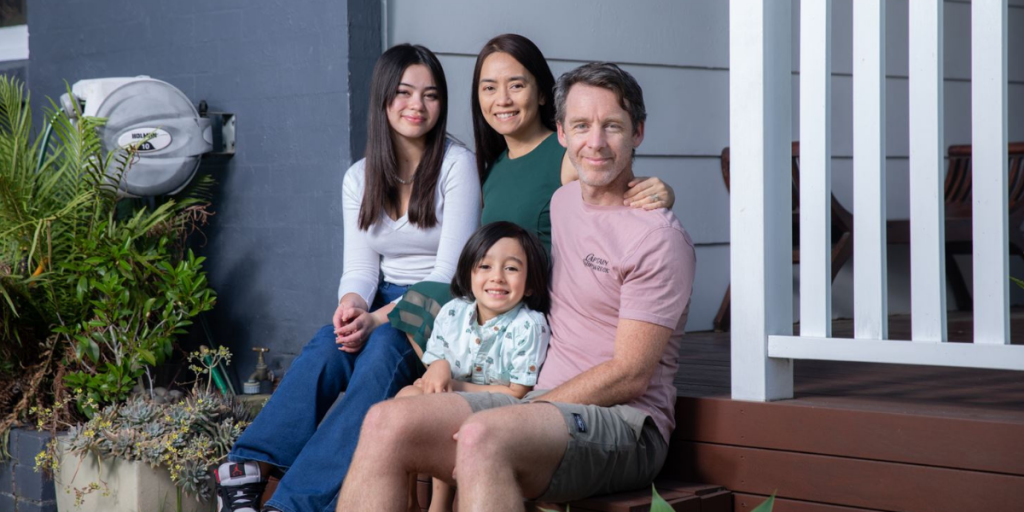
I want to paint it… white?
Did you know that having a white or light-coloured roof can help reflect heat from the sun and keep your home cool in summer? A UNSW Sydney study found that temperatures inside residential homes with a cool roof can be up to 4 degrees cooler than those with a conventional dark-coloured roof such as tile, slate and magnesium that absorbs the suns heat.
5. Go green and plant trees
Continuing the passive-design theme, an often forgotten yet significant action households can take to cool their homes is to plant large, shade-bearing trees on their property. A building façade in summer can experience a 15 degree Celsius decline in temperature when shaded by a tree. Not only will this reduce energy consumption, bills and related carbon emissions but increased greenspace in urban environments has human health and wellbeing benefits too.
If that isn’t enough, landscaping and trees can improve your property’s street appeal and add considerable value to your home. First National Real Estate notes that planting trees can add anywhere between $1,000 to $10,000 of value to your property per tree depending on the maturity and type of tree.
6. Take the Brisbane Carbon Challenge
Would you like to follow the footsteps of families like the Woods, the Gittus and the Hearnes towards a more sustainable future? Small steps at home can make a big difference.
Take the Brisbane Carbon Challenge to reduce your household emissions and bills. You can calculate your household carbon footprint from energy, transport and waste, and compare it to the Brisbane average. You’ll learn valuable tips to lower your emissions, regardless of your lifestyle or budget.
The author

Sam Mullen
Sam is a sustainability specialist at Brisbane Sustainability Agency and enjoys helping residents and community groups understand and reduce their climate impact while also promoting a circular economy.






